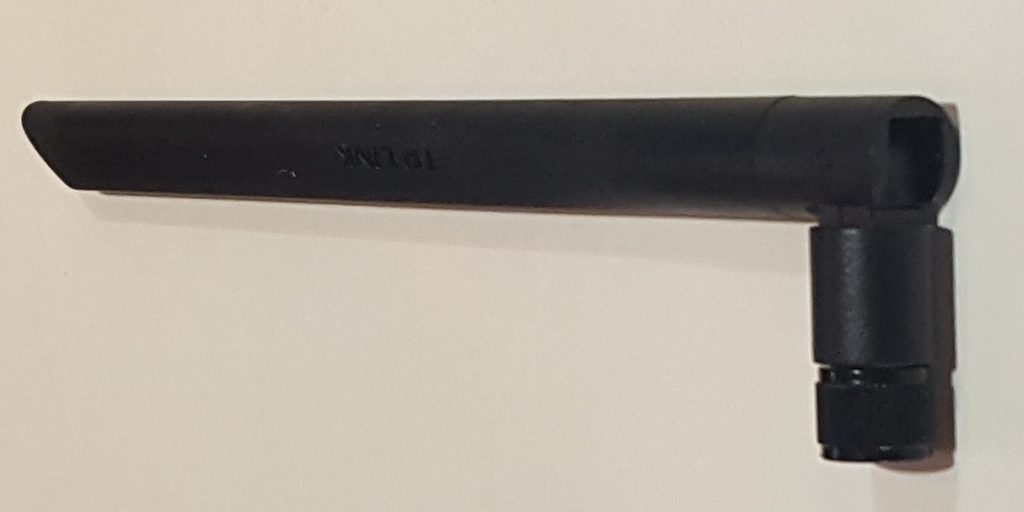
Many people are frustrated by their Wi-Fi networks. Among other things, there is interference, reflections, attenuation (signal loss) because of walls, long distances or whatever, and the hassle of managing all that.
We have to remember one critical thing about Wi-Fi: it's radio so it is heavily regulated. The power the devices and access points can put out, the types of antennas that can be used, the details of the signal, etc. are all limited. Sometimes I think it would be cool to up the power of the access point in my office, but that would be illegal and my power supply might not be able to handle it, anyway. (With the proper license, it may be possible to use stronger transmitters and better antennas.) I had to buy another access point for another location so I could get a better signal there and use devices there at faster rates.
As we discuss in Learning Tree's Introduction to Networking, the speed of a device that communicates with an access point necessarily decreases with distance. This is because both the signal gets weaker and the noise increases with distance; to manage that, the device and access point decrease the speed. But with a good antenna, one can receive Wi-Fi signals from much further away than the farthest device on the network.
Eavesdropping from far away
One important thing to know is that a receiving antenna is not regulated. That means one could use a powerful antenna to receive understandable data from distant transmitters.
There are many types of antennas. Most Wi-Fi users have devices or access points with hidden antennas (in a smartphone, for example) or small monopole antennas like the one shown here:

Direct broadcast satellite systems (for e.g. DirecTV or Dish Network) use small dishes. Each type of antenna functions differently (and how that works is a math-heavy discipline of its own!), but all receiving antennas work to collect radio-frequency energy and convert it to usable electrical energy. (And transmitting antennas do the opposite.) The antenna pictured above takes a signal from all around it and transfers it to an access point, as does the antenna in a phone take a signal from all directions and transfer it to your phone. These are called omnidirectional antennas.
If the antenna is a dish - or one of a different shape depending on the signal frequency - it is directional - it takes a signal from just one direction. A satellite dish is pointed to a satellite, for example. The benefit of this design is that all the signal received on the surface of the dish is sent to a very small antenna in the center (or just to the side of the center) greatly increasing the amount of energy the actual tiny antenna receives. The tradeoff, though, is that the dish only collects energy from a very small area!
In a Hackaday article, the author describes how a small dish-like antenna can receive a Wi-Fi signal from 10 Km (over 6 miles). He does it in a very open area, and the distance this would work in an urban setting would be far less as there would be more obstructions and interference. I have seen antennas made from tubular potato chip cans, old DBS satellite dishes, and other easy-to-get parts.
The point is that even if you cannot get a Wi-Fi signal you can use for communication, it does not mean that someone with a good antenna can't receive it. This is another good argument for using encryption such as with a VPN (Virtual Private Network).
To your safe computing,


